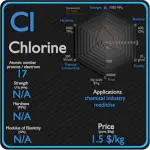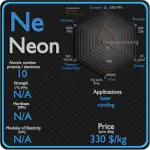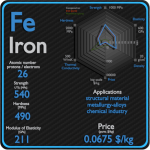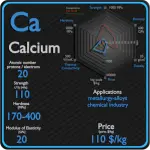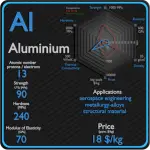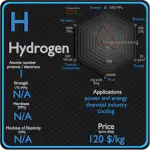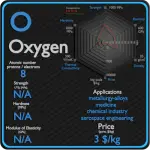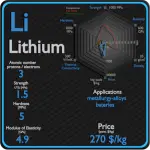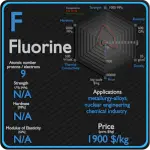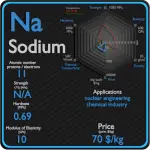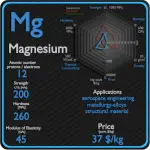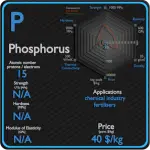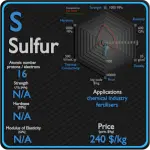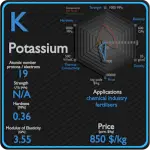This article contains comparison of key thermal and atomic properties of fluorine and calcium, two comparable chemical elements from the periodic table. It also contains basic descriptions and applications of both elements. Fluorine vs Calcium.
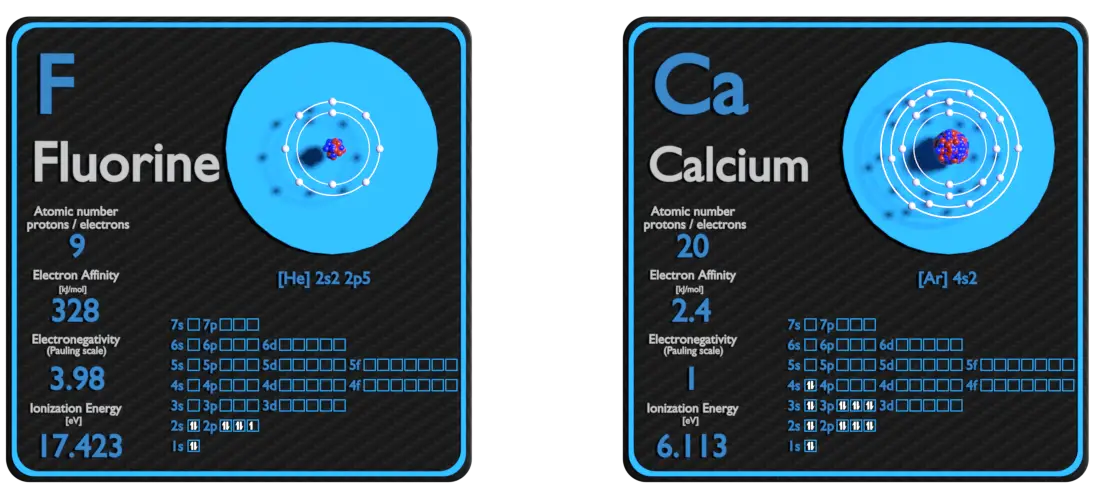
Fluorine and Calcium – About Elements
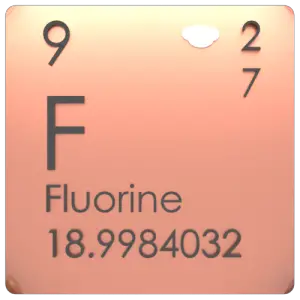
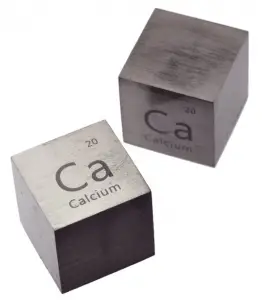
Source: www.luciteria.com
Fluorine and Calcium – Applications
Fluorine
Owing to the expense of refining pure fluorine, most commercial applications use fluorine compounds, with about half of mined fluorite used in steelmaking. The rest of the fluorite is converted into corrosive hydrogen fluoride en route to various organic fluorides, or into cryolite, which plays a key role in aluminium refining. Most commercial uranium enrichment processes (gaseous diffusion and the gas centrifuge method) require the uranium to be in a gaseous form, therefore the uranium oxide concentrate must be first converted to uranium hexafluoride, which is a gas at relatively low temperatures. Molecules containing a carbon–fluorine bond often have very high chemical and thermal stability; their major uses are as refrigerants, electrical insulation and cookware, the last as PTFE (Teflon).
Calcium
The largest use of metallic calcium is in steelmaking, due to its strong chemical affinity for oxygen and sulfur. Its oxides and sulfides, once formed, give liquid lime aluminate and sulfide inclusions in steel which float out. Calcium compounds are used as manufacture of insecticides, paints, blackboard chalk, textile and fireworks.
Fluorine and Calcium – Comparison in Table
| Element | Fluorine | Calcium |
| Density | 0.0017 g/cm3 | 1.55 g/cm3 |
| Ultimate Tensile Strength | N/A | 110 MPa |
| Yield Strength | N/A | N/A |
| Young’s Modulus of Elasticity | N/A | 20 GPa |
| Mohs Scale | N/A | 1.5 |
| Brinell Hardness | N/A | 170 – 400 MPa |
| Vickers Hardness | N/A | N/A |
| Melting Point | -219.8 °C | 842 °C |
| Boiling Point | -188.1 °C | 1484 °C |
| Thermal Conductivity | 0.0279 W/mK | 200 W/mK |
| Thermal Expansion Coefficient | N/A | 22.3 µm/mK |
| Specific Heat | 0.82 J/g K | 0.63 J/g K |
| Heat of Fusion | 0.2552 kJ/mol | 8.54 kJ/mol |
| Heat of Vaporization | 3.2698 kJ/mol | 153.3 kJ/mol |
